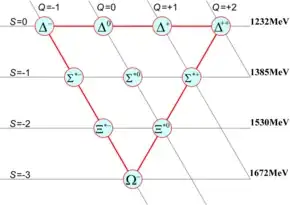As far as I know, you can't necessarily isolate an electron to observe it, you can only observe its effects on other particles due to fields. Moreover, we can't know an electron's exact location or how much space it occupies, although it has finite mass. It seems that the general model for the electron is either a wave or a rotating spherical particle. Being that we can only observe its mass/energy, how do we know that it is spherical and that some energy comes from a spin?
Edit: We have extensive comments on how the electron may not actually be spherical, and those models are purely for visual purposes. However, I am still wondering how someone determined that an electron spins. The Stern-Gerlach experiment was mentioned, but when I read up on that it seems that it is not a good experiment for charged particles as they will interact with the field.
